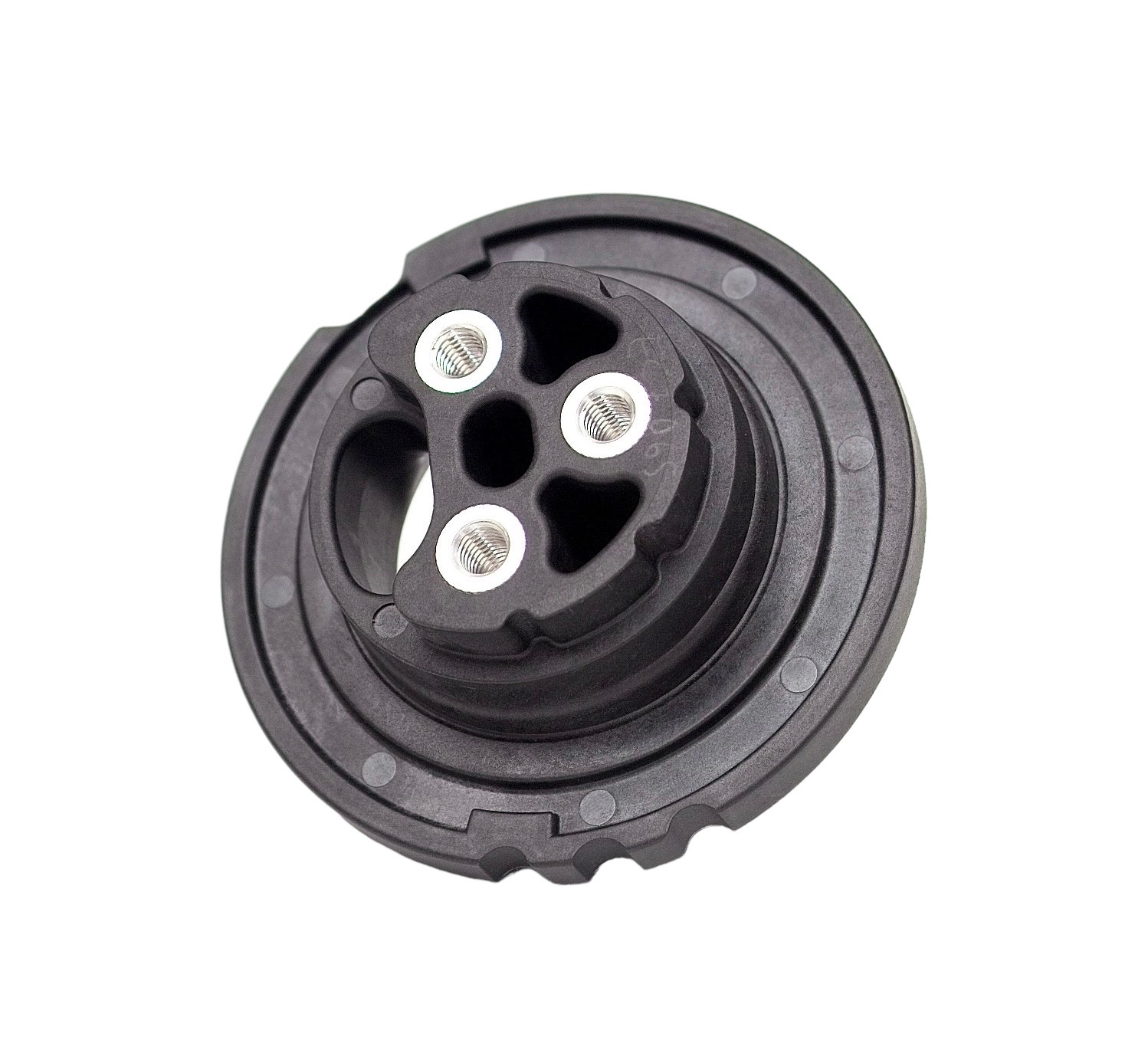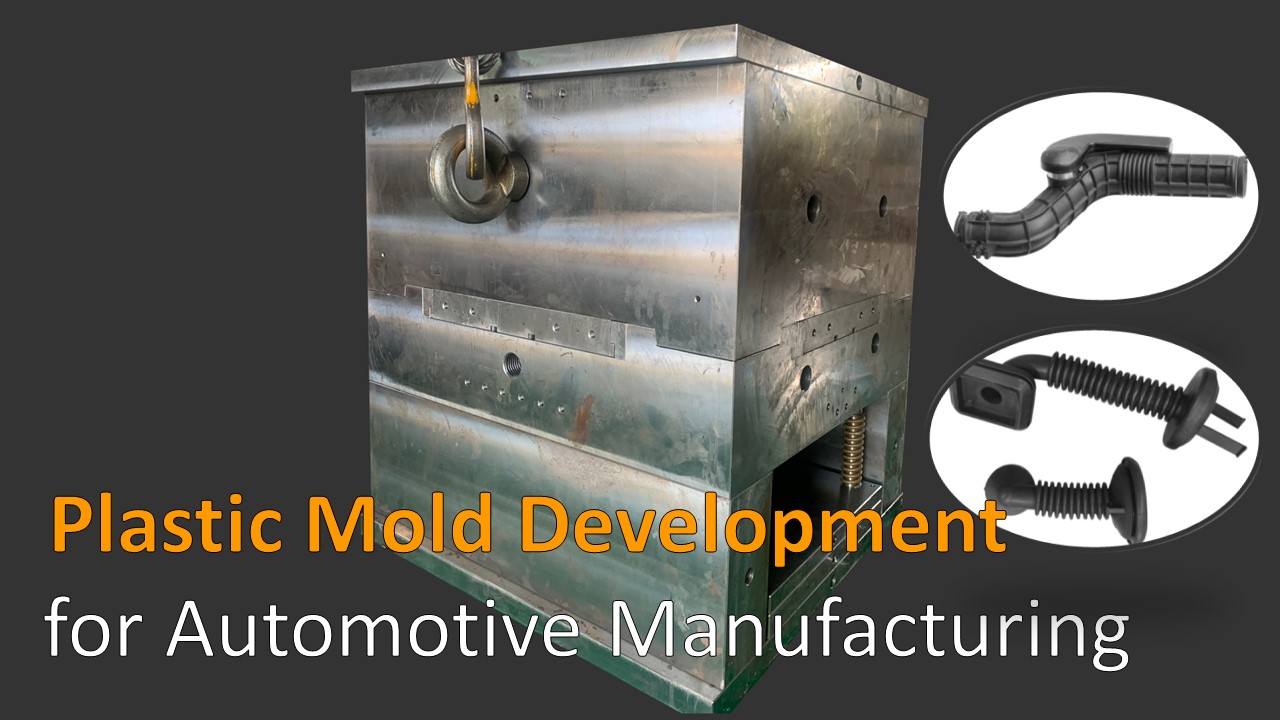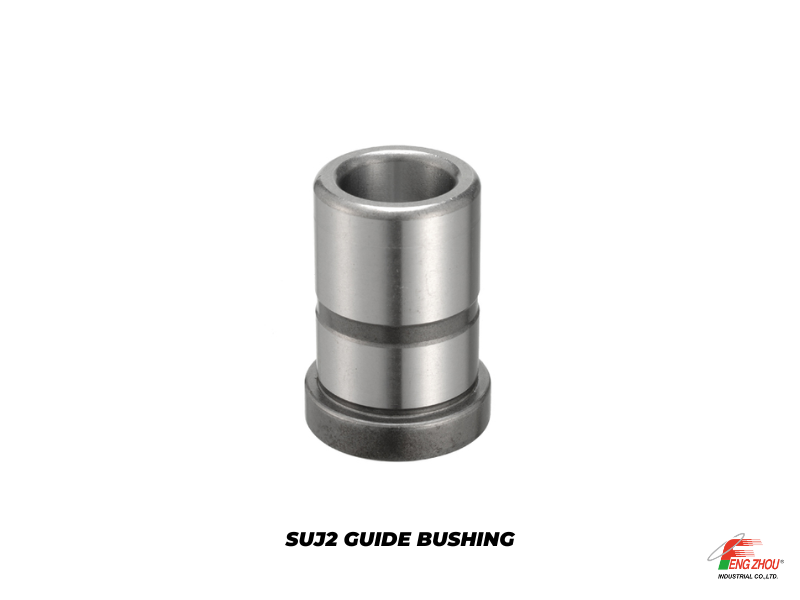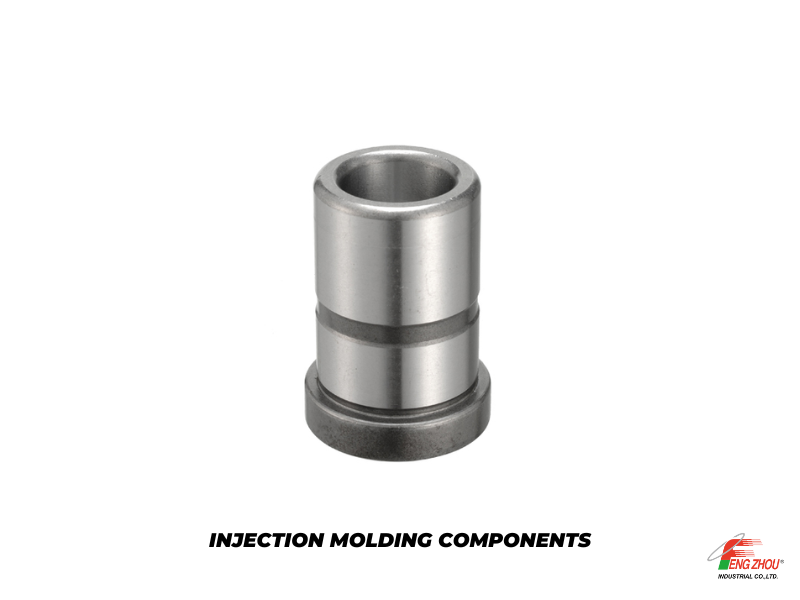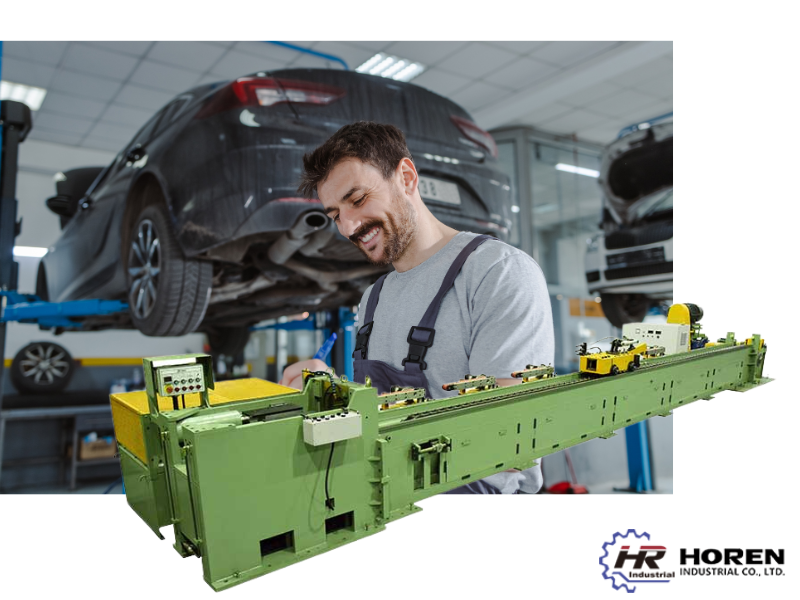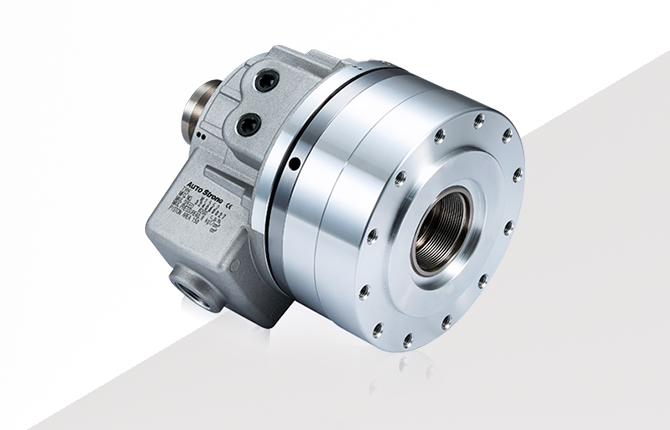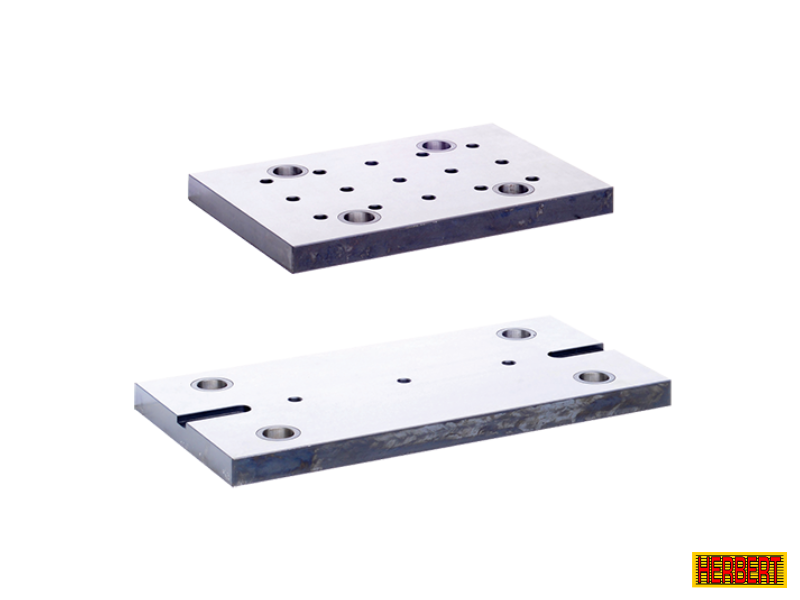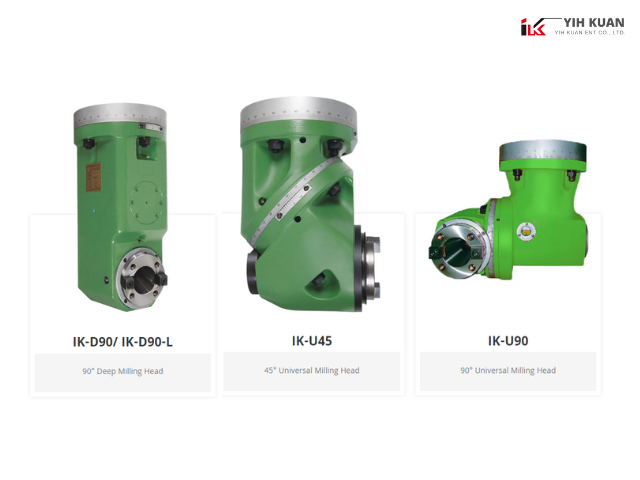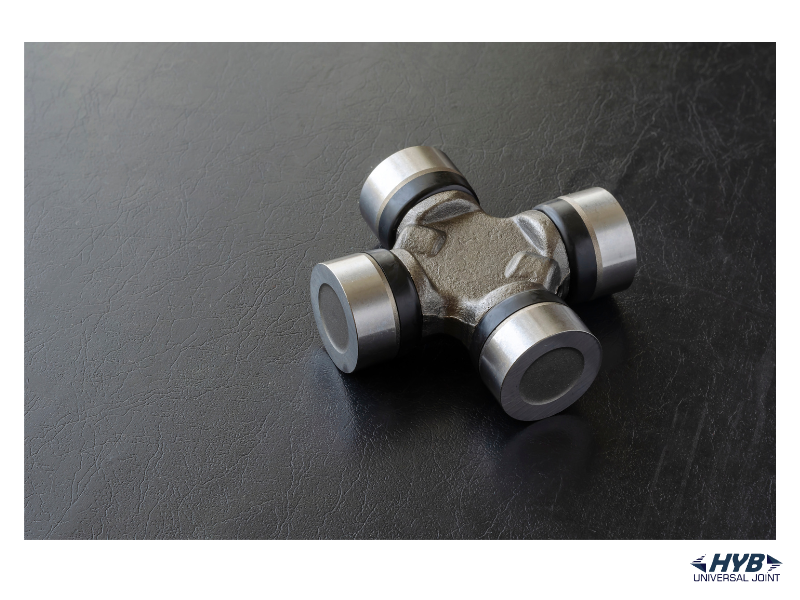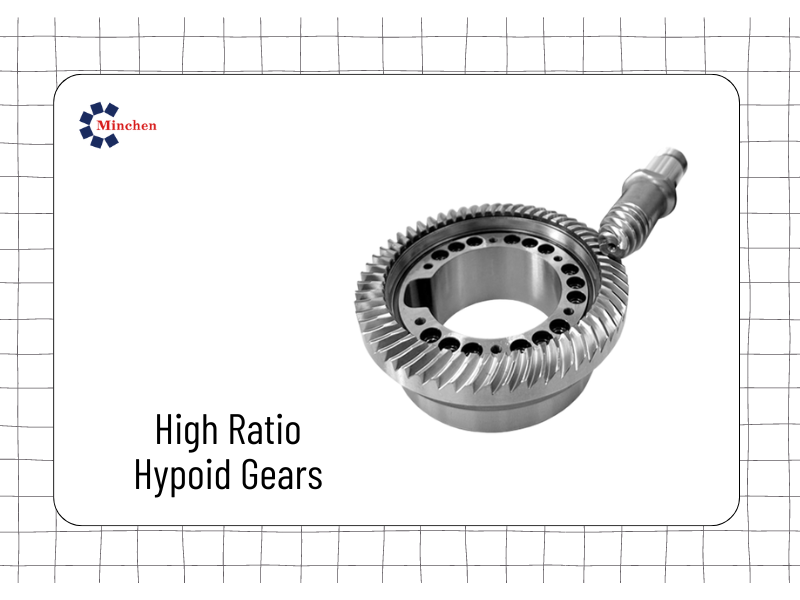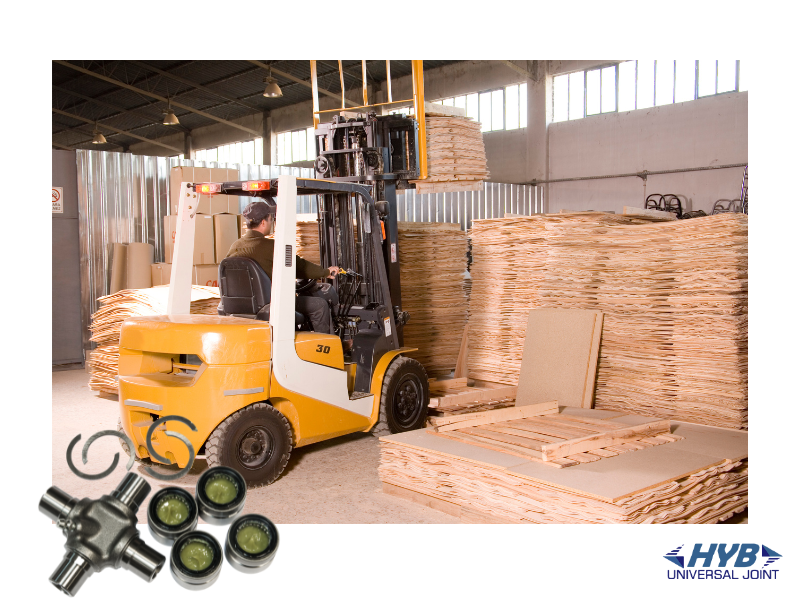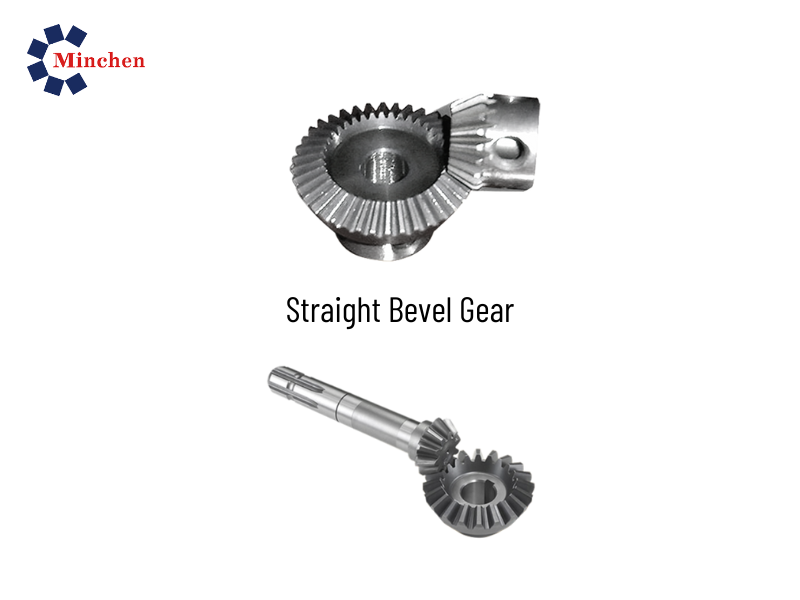Five Safety Rules to Remember When Using a Vise
2022-05-05Mould & Die From:HER BERT ENTERPRISE CO., LTD.
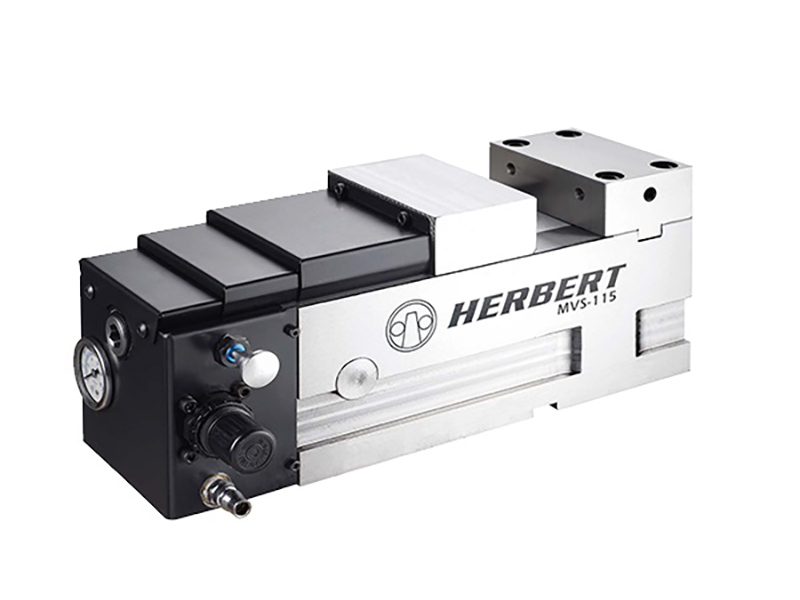
Vises are typically used to keep objects and materials in their place in the workplace. You may have guessed that they comprise two jaws. One jaw is stationary, while the other jaw can be moved. You can put materials or objects between the jaws by turning the lever. The lever is turned to shift the adjustable jaw towards its stationary jaw, thereby creating the clamp. If your work involves the use of a machine vise, you must consider the following five precautions to prevent injuries.
1. Avoid Over Clamping
Another essential safety rule to remember when using vises is to stay clear of over clamping. Over clamping results from the application of excessive tension or clamping force. Vises are undoubtedly substantial. But, overlapping could break the material or objects between jaws and lead to injuries.
2. Examine For Damage
Before you use a machine vise, make sure to examine it for any damages. There are many kinds of vises. The majority of them are constructed of the most durable metal, like stainless steel. Stainless steel naturally will crack with time. The longer you are using vises, the higher the chance of breaking. Suppose you see cracks in your vise, avoid using it. If you use a damaged or damaged vise can cause injuries to the body.
3. Wear Safety Glasses
Safety glasses are required while using the vise. The U.S. Bureau of Labor Statistics (BLS) states that more than 20,000 workers suffer an injury to their eyes each year. The forceful clamping effect could result in shrapnel that explodes from inside the jaws. When you wear protective glasses, you can be at ease that your eyes are shielded from shrapnel.
4. Mount With Fasteners
Use a self-centering vise only if it's attached to a solid and stable surface and secured with the proper fixators. Most vises are made to be used on the workbench. They have threaded holes on the bottom. The vise can be mounted to a workbench by putting fasteners through the threaded holes and then to the table. After mounting, the vise should not move.
5. Oil Is Used Regularly
Do not forget to oil your vise frequently. Vises have a variety of moving components. For example, the jaws are moved, and the lever will also move. When these parts move, they'll generate friction. As time passes, all this friction could weaken the vise to the point that it cannot effectively clamp and secure objects. This can be prevented from happening by oiling your vise frequently. Applying lubricating oils on the moving parts of the zero point system will decrease friction while protecting the vise against premature failure.
Conclusion
With all the safety aspects, the design of the vise can have an enormous difference to the safety of the employees. So, it is imperative to select an established supplier to ensure a high-quality investment. Immediately discontinue using any vice with cracks. Avoid opening the vise wider than it was supposed to be used.
